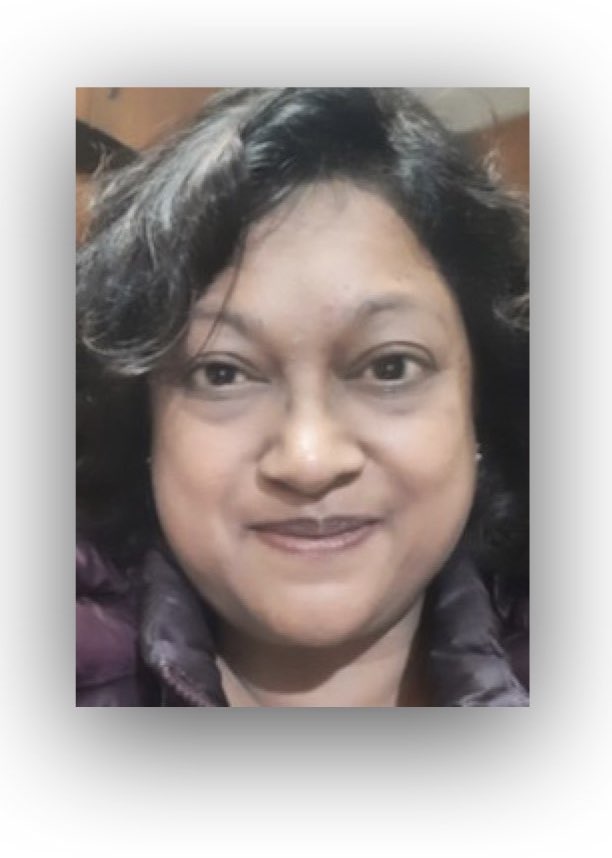
Read the inaugural Speech by Dr. Ivy Hansdak: “Is tribal identity relevant in today’s world?” delivered during the conference titled “Tribes In Transition-II: Reaffirming Indigenous Identity Through Narrative” | Conference report | Video presentation “Tribes in Transition III” (September 2021): Inaugural Session & Keynote Speech by Prof. Anvita Abbi >>
Abstract 3: The Shared Ramayana Tradition in Assam Across Man-made Boundaries of Tribe, Caste and Community
Paper presented for “Tribes In Transition-II: Reaffirming Indigenous Identity Through Narrative” (National Conference) – New Delhi
ARCHANA BARUA
Department of Humanities & Social Sciences, Indian Institute of Technology, GuwahatiKEYWORDS: TRIBE, CASTE, RAMA-KATHA, SANKARADEVA, MADHAVA KANDALI
Rama-katha is very popular among all sections of the people including the tribes of North East India and Assam, in particular the Rabhas, Bodo-kacharis, Khasis and Karbis, among others who weave their own plots and sub-plots into the texts. Among the Tai-phake community in the North-East, Rama is a Boddhisattva while Sita in Bodo-Rabha versions has expertise in weaving. In Sabin Alun, an oral singing tradition of the Karbi–Ramayana in Assam, Sinta (Sita) emerges out of a peahen’s egg rather than the earth. Sabin is the other name for Shurpanakha, whose nose is cut off by Laxman, forcing Ravana into taking revenge for her humiliation by abducting Sita.
Sankaradeva sings the glory of the of pious Bhakti thus :”That outcaste (untouchable) is glorious who has the name of God in the tip of his tongue. He alone is pure and is versed in the Vedas from whose mouth God’s name pours forth.” In Sankaradeva’s translation of the Bhagavata into Assamese verse, we find the additional names of tribes and communities from the region thus: Kirāta Kachāri Khāsi Gāro Miri Yavana Kanka Gowāla.
The greatest of Ramayana narrators, Valmiki, was a Kirat tribal but due to his wisdom and saintly personality he became a Brahmana and was called “Adi kavi” in Sanskrit. Sankaradeva, the great Neo-Vaishnavite Bhakta reformer of Assam, became the historical embodiment of this principle that samskārat dvija ucyate.
Simplification of rituals and use of vernacular for translating the religious texts have played their roles in popularizing Bhakti. One can witness a number of Ramayana versions depicted in various mediums such as in oral traditions of singing and dancing, puppetry shows, mask dances, Bhaonas , the dramatic performances introduced by Neo-Vaishnavite Bhakta saint, Mahapurush Sankaradeva.
Saptakanda Ramayana, the first translation from the Sanskrit to a modern regional Indo-Aryan language, is the 14th century Assamese version of the Ramayana attributed to the poet Madhava Kandali. The Ramayana was written upon the request of the Kachari king Mahamanikya (Mahamanikpha, 1330-1370). Sankardeva writes of Kandali as purvakavi apramādi ! Kandali’s work has cast a strong influence on Sankardeva, and also in later Assamese works.
BIONOTE: Dr. Archana Barua is currently working as Professor at the Department of Humanities & Social Sciences, Indian Institute of Technology, Guwahati, Assam. She may be contacted at the email ID: [email protected]
Source: Book of Abstracts for the ICSSR-sponsored Two-Day National Conference Tribes In Transition-II: Reaffirming Indigenous Identity Through Narrative organised by The Department of English & Outreach Programme Jamia Millia Islamia (New Delhi, 27-28 February 2017)
Courtesy Dr. Ivy Hansdak, Assistant Professor, Department of English, Jamia Millia Islamia University New Delhi (email 4 October 2017)
Research the above issues with the help of Shodhganga: A reservoir of theses from universities all over India, made available under Open Access >>
Tips for using interactive maps
Toggle to normal view (from reader view) should the interactive map not be displayed by your tablet, smartphone or pc browser
For details and hyperlinks click on the rectangular button (left on the map’s header)
Scroll and click on one of the markers for information of special interest
Explore India’s tribal cultural heritage with the help of another interactive map >>